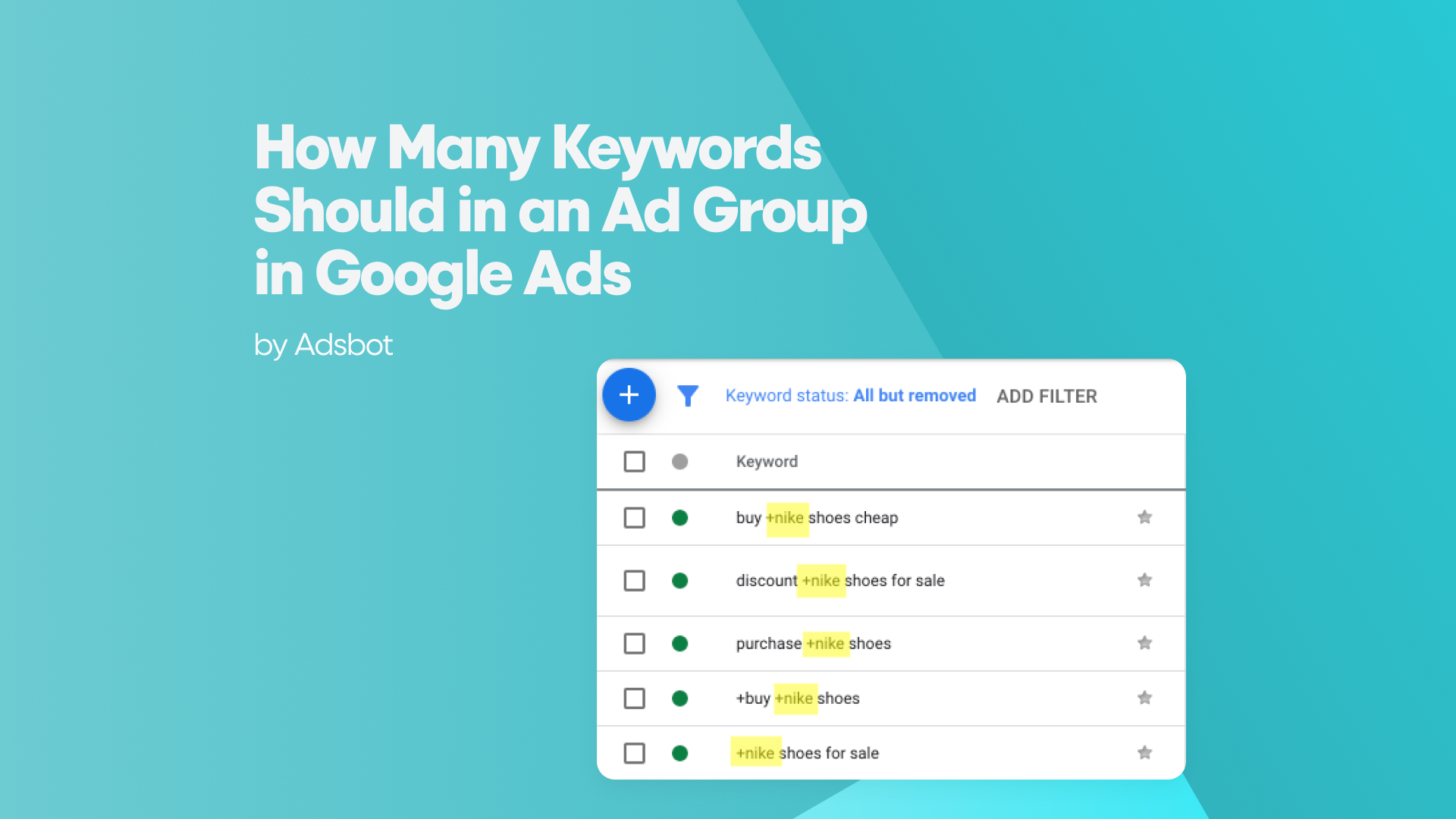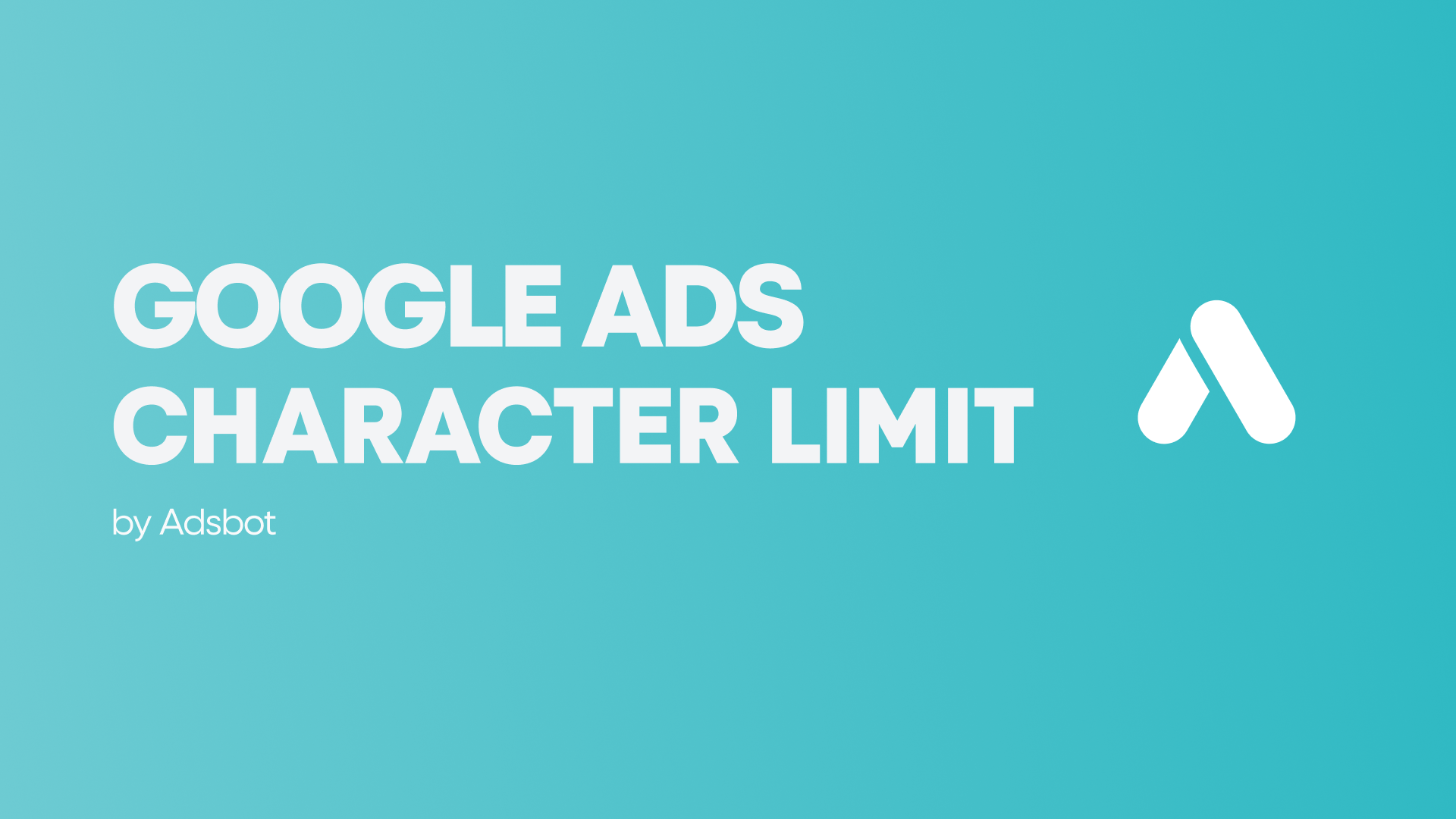In the ever-evolving digital ecosystem, where attention is fragmented across a myriad of platforms and devices, the art of captivating audiences and driving meaningful engagement has become both a science and an art form. At the forefront of this digital frontier lies display advertising, a dynamic and multifaceted strategy that harnesses the power of visuals to connect brands with their target audience in ways that are both compelling and effective.
Display advertising, in its essence, represents the marriage of creativity and technology, where visual storytelling meets data-driven precision. It encompasses a diverse array of ad formats, from eye-catching banners and interactive multimedia to captivating videos and immersive rich media experiences. These ads are strategically placed across a vast network of third-party websites, social media platforms, and mobile apps, aiming to intercept users during their online journeys and leave a lasting impression.
What is Display Advertising?
Display advertising is akin to an artist showcasing their masterpiece in a bustling gallery, where each stroke of creativity and splash of color serves to captivate and enthrall the audience. Picture this: You’re scrolling through your favorite lifestyle blog, seeking inspiration for your next adventure, when suddenly, an exquisite banner ad catches your eye. It’s a breathtaking image of a secluded beach resort bathed in golden sunlight, inviting you to escape the mundane and embrace the extraordinary. This is the essence of display advertising—where visuals transcend words, and emotions are stirred with every pixel. Unlike search ads that wait patiently for your query, display ads seize the moment, weaving seamlessly into your digital journey, guided by the subtle nuances of your demographics, interests, and browsing habits. Whether it’s a luxury travel brand enticing you with exotic destinations or a fitness apparel company inspiring you to unleash your inner athlete, display ads are the catalysts of discovery, igniting curiosity and fueling engagement in the ever-expansive realm of the internet.
Types of Display Ads
1. Remarketing Ads
Have you ever visited a website, only to later see ads from that same site following you around the internet? That’s the magic of remarketing ads. Also known as retargeting, this type of display advertising targets users who have previously interacted with a website or shown interest in specific products or services. By strategically re-engaging these users across various platforms, remarketing ads aim to recapture their attention and encourage them to complete desired actions, such as making a purchase or signing up for a newsletter.
2. Personalized Ads
Personalized display ads take targeting to the next level by leveraging user data and behavior to deliver tailored content. Through sophisticated algorithms and machine learning technologies, advertisers can analyze factors such as browsing history, demographics, and past interactions to create highly relevant ads that resonate with individual users. Whether it’s recommending products based on previous purchases or showcasing content based on interests, personalized ads offer a personalized and immersive experience that can significantly enhance engagement and conversion rates.
3. Contextually Targeted Ads
Contextual targeting is all about relevance. Instead of relying on user data, these ads are served based on the content of the web page being viewed. For example, if you’re reading an article about the latest fashion trends, you might encounter ads for clothing brands or fashion accessories. By aligning ads with the context of the content, contextual targeting ensures that ads are more likely to capture users’ attention and drive meaningful interactions. This approach can be particularly effective for reaching users who are actively engaged and interested in specific topics or industries.
4. Site-Placed Ads
While programmatic advertising has gained prominence in recent years for its efficiency and scalability, site-placed ads offer a more direct and customized approach. In this model, advertisers negotiate directly with website owners or publishers to secure ad placements on specific sites or sections. This allows for greater control over where and how the ads appear, as well as the ability to negotiate pricing and placements based on factors such as audience demographics, site traffic, and content relevance. Site-placed ads are often favored by brands seeking premium placements and enhanced brand visibility on reputable websites within their target market.
Pros and Cons of Display Ads
Pros
- Wide Reach: Display ads have the potential to reach a vast audience across numerous websites and platforms, increasing brand exposure and awareness.
- Visual Impact: With their eye-catching visuals and multimedia elements, display ads can capture users’ attention and convey messages more effectively than text-based ads.
- Targeting Options: From demographic targeting to behavioral targeting, advertisers have a wide range of options to ensure their ads reach the right audience segments, increasing the likelihood of engagement and conversion.
- Brand Visibility: Display ads can help enhance brand visibility and recognition, especially when strategically placed on high-traffic websites or during key moments in the customer journey, reinforcing brand messaging and positioning in the minds of consumers.
Cons
- Ad Blindness: With the proliferation of online ads, users have become increasingly adept at tuning out or ignoring display ads, especially if they appear too frequently or disruptively, reducing their effectiveness.
- Ad Blocking: The rise of ad-blocking software presents a significant challenge for advertisers, as it can prevent their display ads from reaching their intended audience, limiting the reach and impact of their campaigns.
- Cost: Depending on the platform, targeting options, and competition, display advertising can be costly, particularly for smaller businesses with limited budgets, requiring careful budget allocation and optimization to achieve desired results.
- Measurement Challenges: Unlike search ads, which offer clear metrics like click-through rates and conversion rates, measuring the effectiveness of display ads can be more challenging, as it often involves tracking metrics such as viewability, engagement, and brand lift, requiring sophisticated analytics tools and methodologies to accurately assess ROI and campaign performance.
In conclusion, display advertising remains a powerful and versatile tool for businesses looking to expand their online presence, engage their target audience, and drive meaningful interactions and conversions. By understanding the different types of display ads, including remarketing ads, personalized ads, contextually targeted ads, and site-placed ads, as well as weighing their pros and cons, advertisers can develop more effective and targeted campaigns that resonate with their audience and achieve their marketing objectives. As the digital landscape continues to evolve, display advertising will continue to play a vital role in the marketing mix, offering new opportunities and challenges for brands seeking to stand out in an increasingly competitive marketplace.
Popular Posts
-
Google Ads Script for Dummies: An Introduction
Imagine you have an e-commerce website that sells licensed superhero…
Read more -
How Many Keywords Should in an Ad Group in Google Ads?
Are you new to Google Ads and trying to…
Read more -
Google Ads Character Limits
Google Ads has character limits for various elements of an…
Read more -
Google Ads Sitelink Character Limits
Are you looking to maximize your Google Ads campaigns?…
Read more
Register for our Free 14-day Trial now!
No credit card required, cancel anytime.





